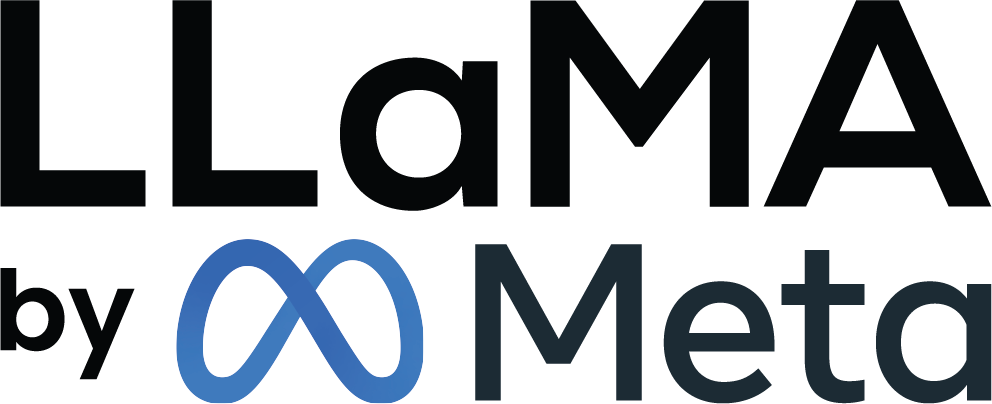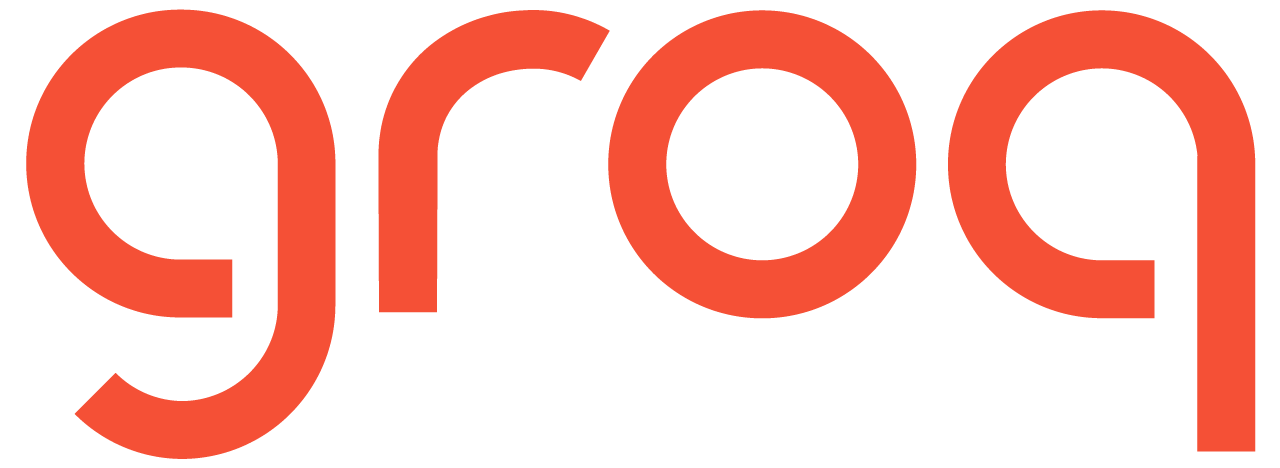GPT (Generative Pre-trained Transformer) by OpenAI
OpenAI’s GPT series has significantly advanced the field of artificial intelligence, with each iteration introducing new capabilities and improvements. Two notable models in this series are GPT-4o and GPT-o1, each designed to cater to specific AI applications.
GPT-4o
GPT-4o (“o” for “omni”) is a multilingual, multimodal generative pre-trained transformer developed by OpenAI. This model processes and generates text, images, and audio, marking a significant evolution from its predecessors. GPT-4o is designed to be faster and more cost-effective, with its API being twice as fast and half the price of GPT-4 Turbo. It achieves state-of-the-art results in multilingual and vision benchmarks, setting new records in audio speech recognition and translation.
GPT-o1
GPT-o1 is engineered to handle complex reasoning tasks by employing a step-by-step chain-of-thought process. This approach enables the model to tackle challenging problems across domains such as mathematics, coding, and science. GPT-o1 is available in preview and mini versions, with specific access limits and pricing. While GPT-4o remains strong for general language tasks and quick responses, GPT-o1 excels in complex reasoning tasks and benchmarks.
LLaMA (Large Language Model Meta AI) by Meta
LLaMA is a series of autoregressive large language models developed by Meta AI. The latest iteration, LLaMA 3.3, was released in December 2024.
LLaMA models are trained with parameter sizes ranging from 1 billion to 405 billion, allowing for flexibility across various applications. Starting with LLaMA 2, Meta began releasing instruction fine-tuned versions alongside foundation models, enhancing their adaptability to specific tasks. Notably, LLaMA 3.3 has been integrated into virtual assistant features on platforms like Facebook and WhatsApp, demonstrating its practical utility in real-world applications.
Claude by Anthropic
Claude is a family of AI models developed by Anthropic, named in honor of AI pioneer Claude Shannon.
The initial version showcased proficiency in various tasks, leading to partnerships with companies like Notion and Quora. Subsequent iterations, such as Claude 2 released in July 2023, expanded the context window to 100,000 tokens, enabling the model to handle extensive documents effectively. Further advancements led to Claude 2.1, which doubled the context window to 200,000 tokens, accommodating up to 500 pages of written material. The Claude 3 series, introduced in March 2024, includes models like Haiku, Sonnet, and Opus, with Opus offering a context window expandable to 1 million tokens for specific use cases. These developments underscore Claude’s evolution in handling complex and lengthy textual data.







